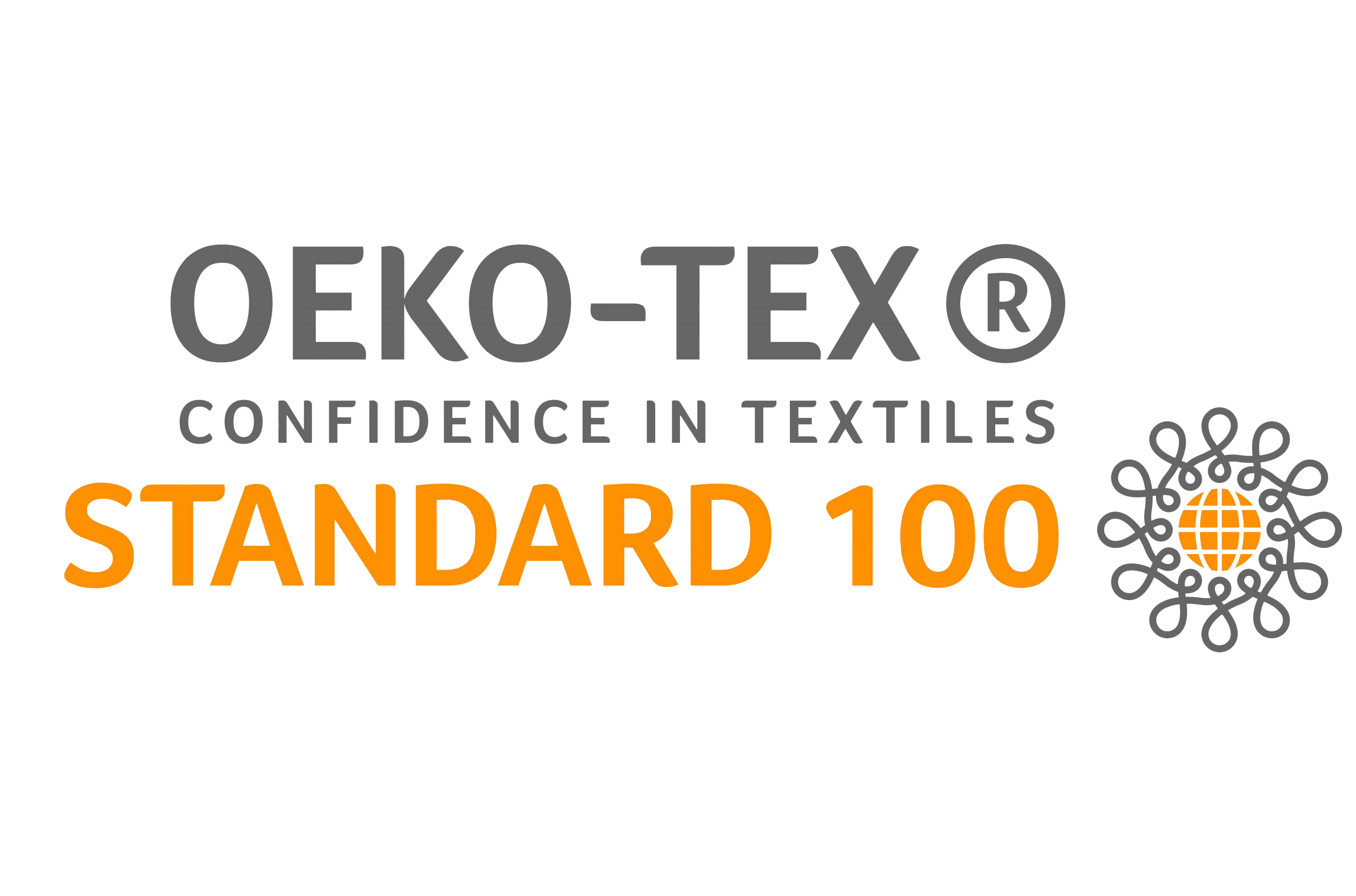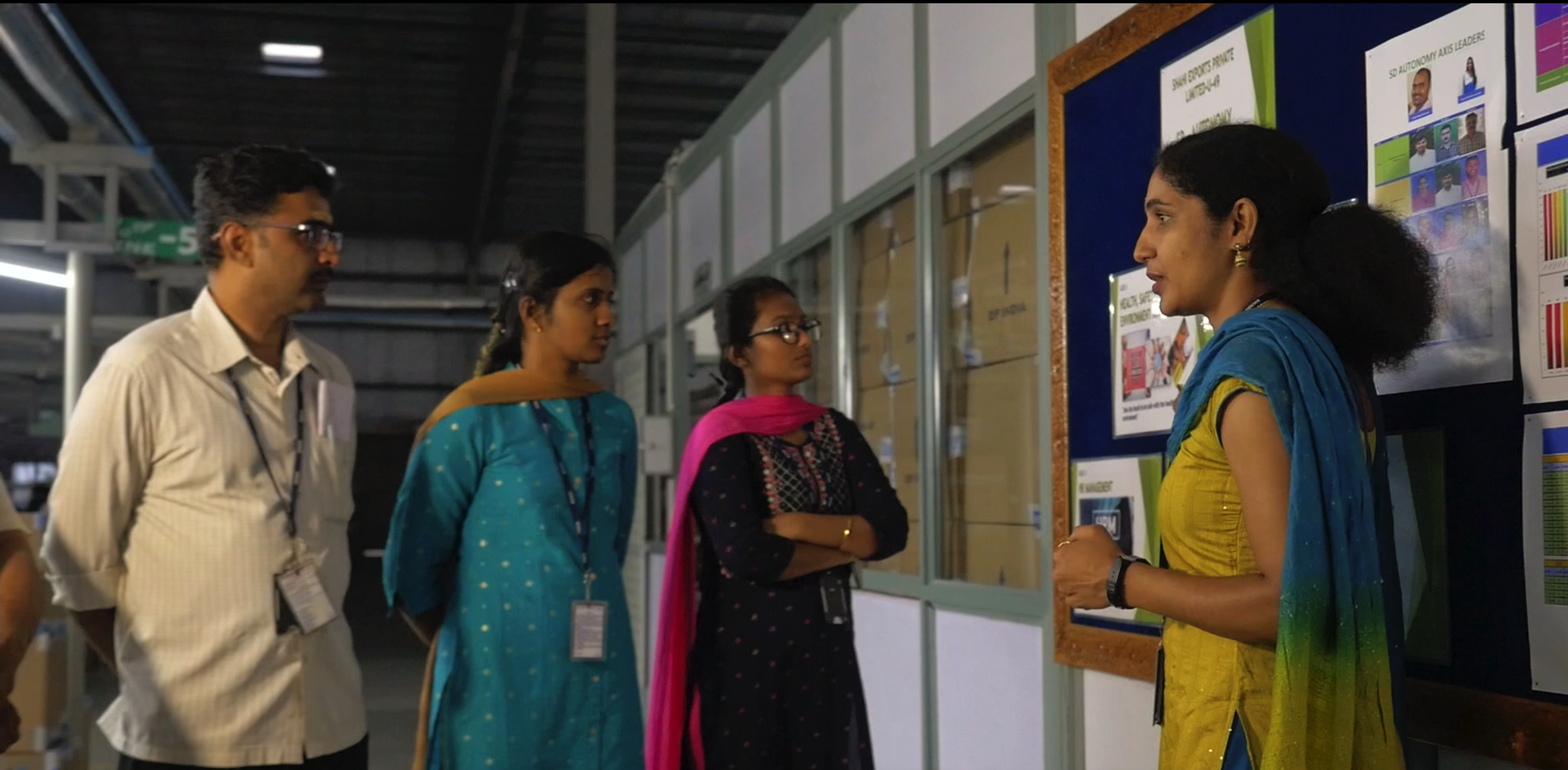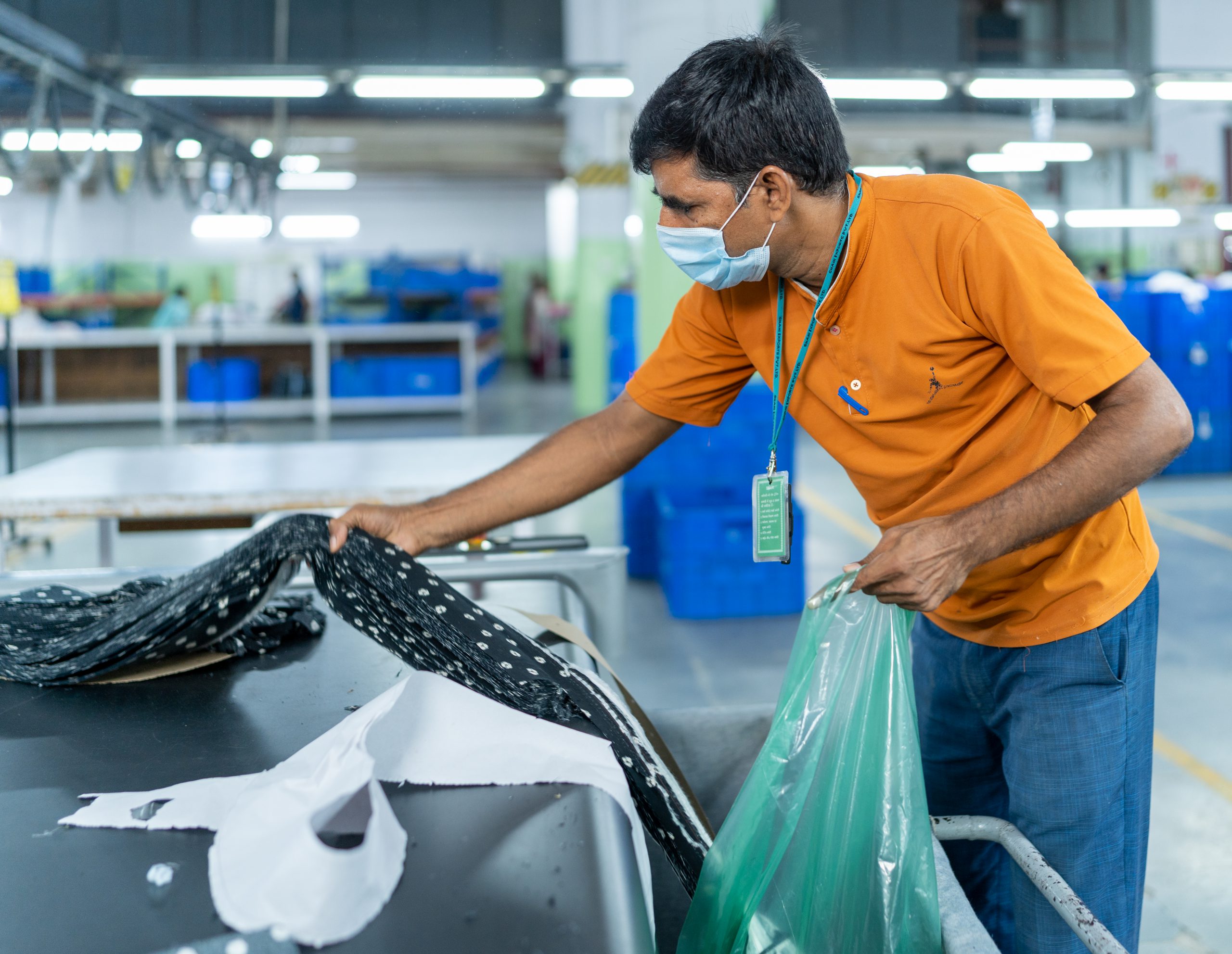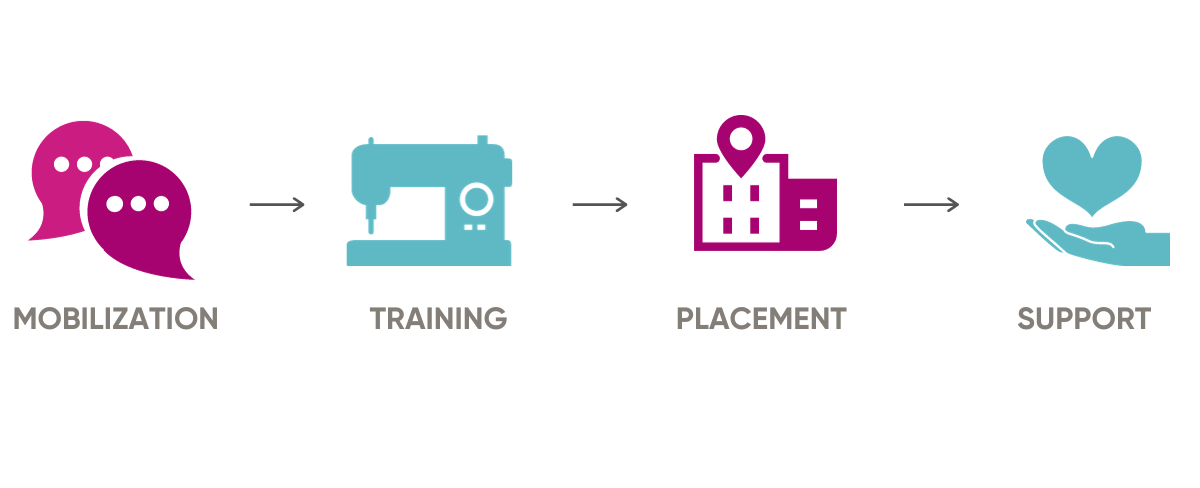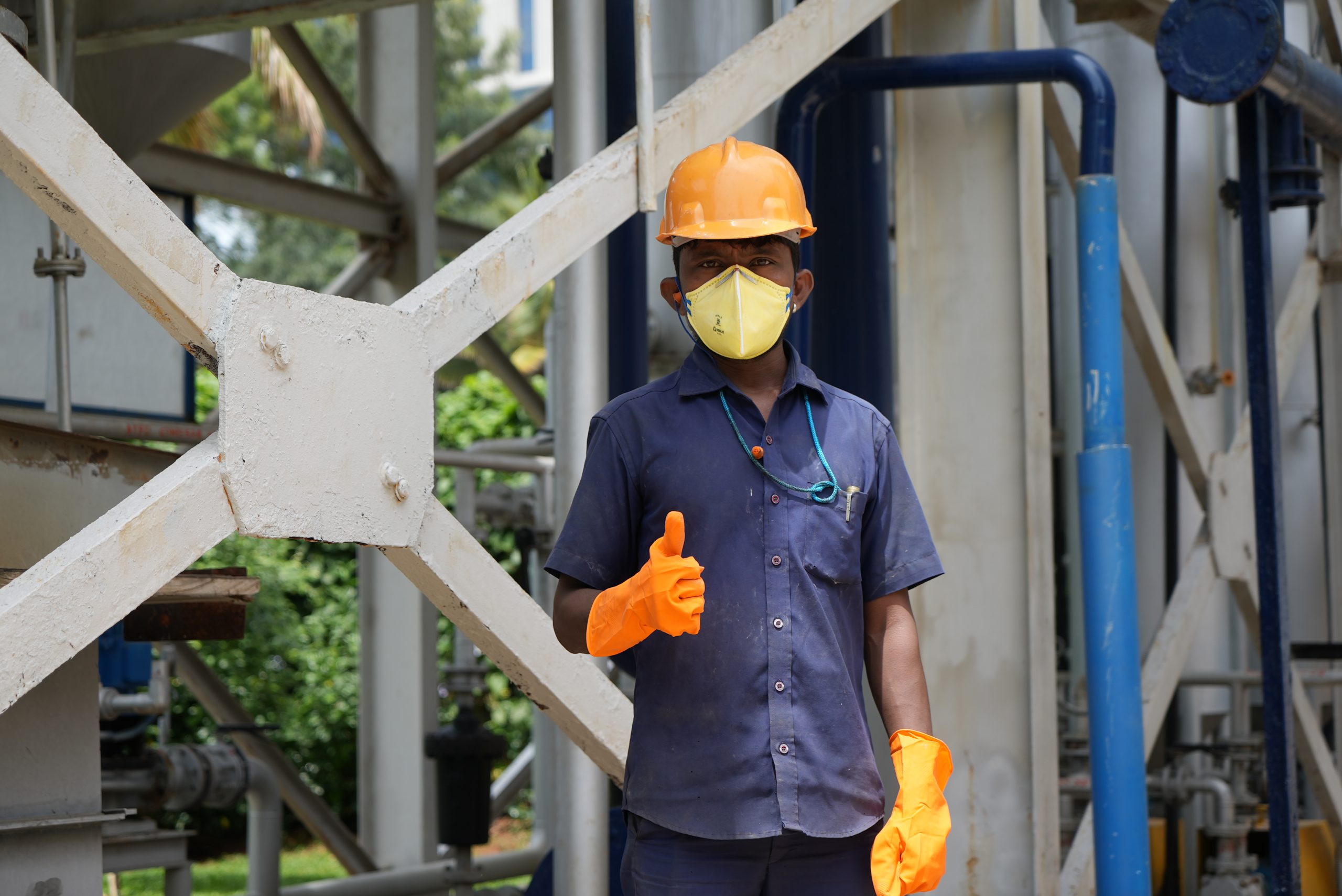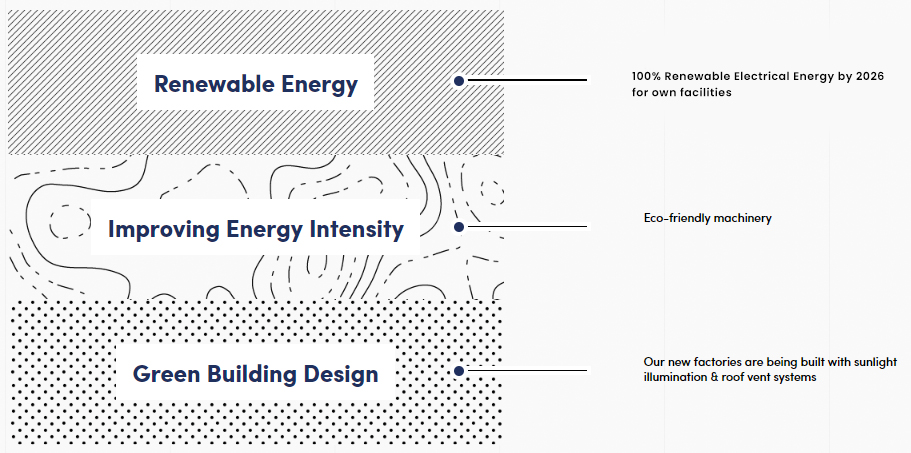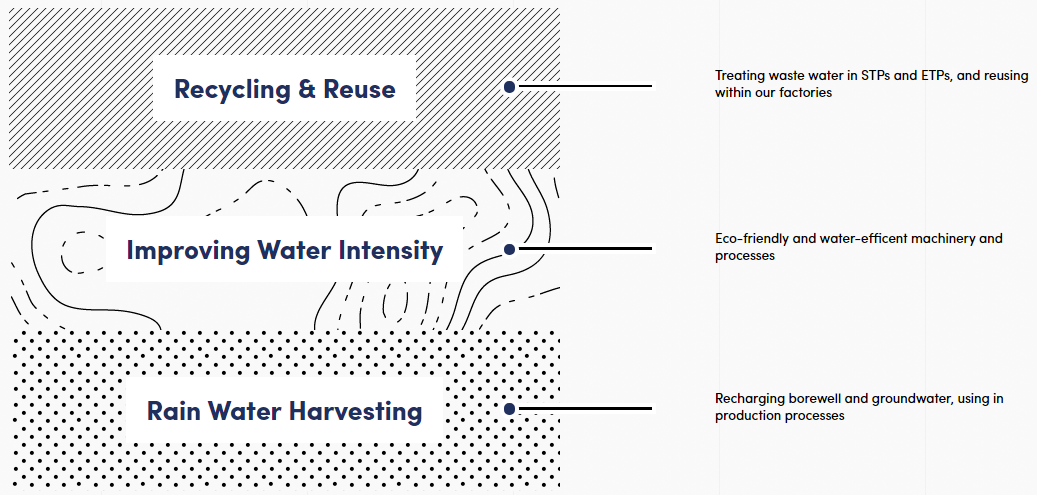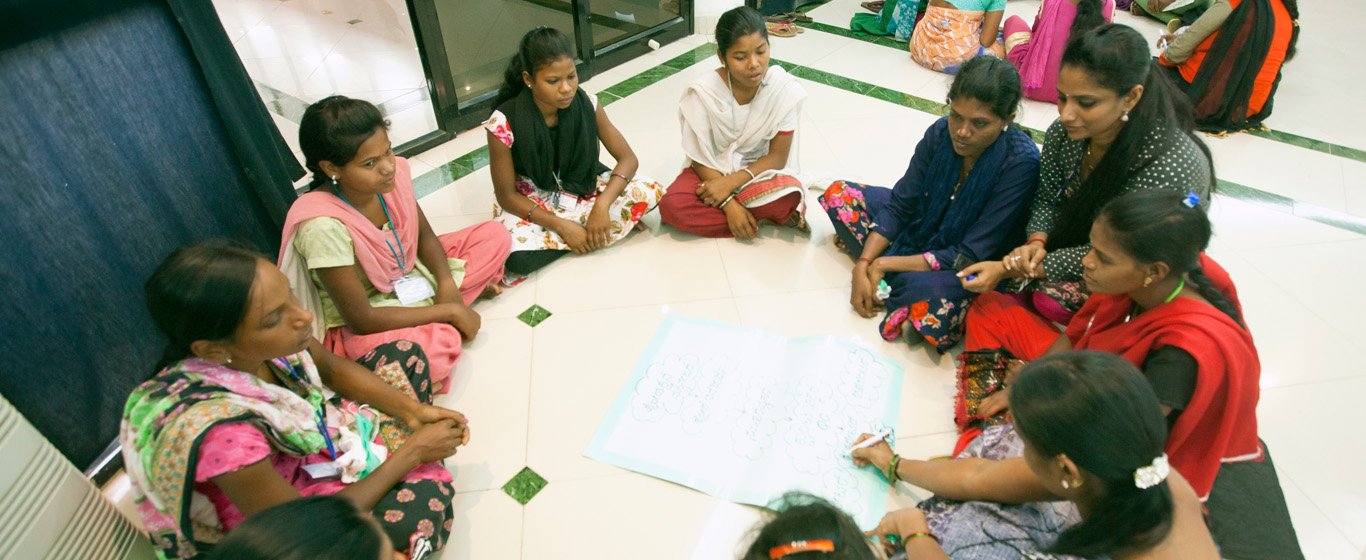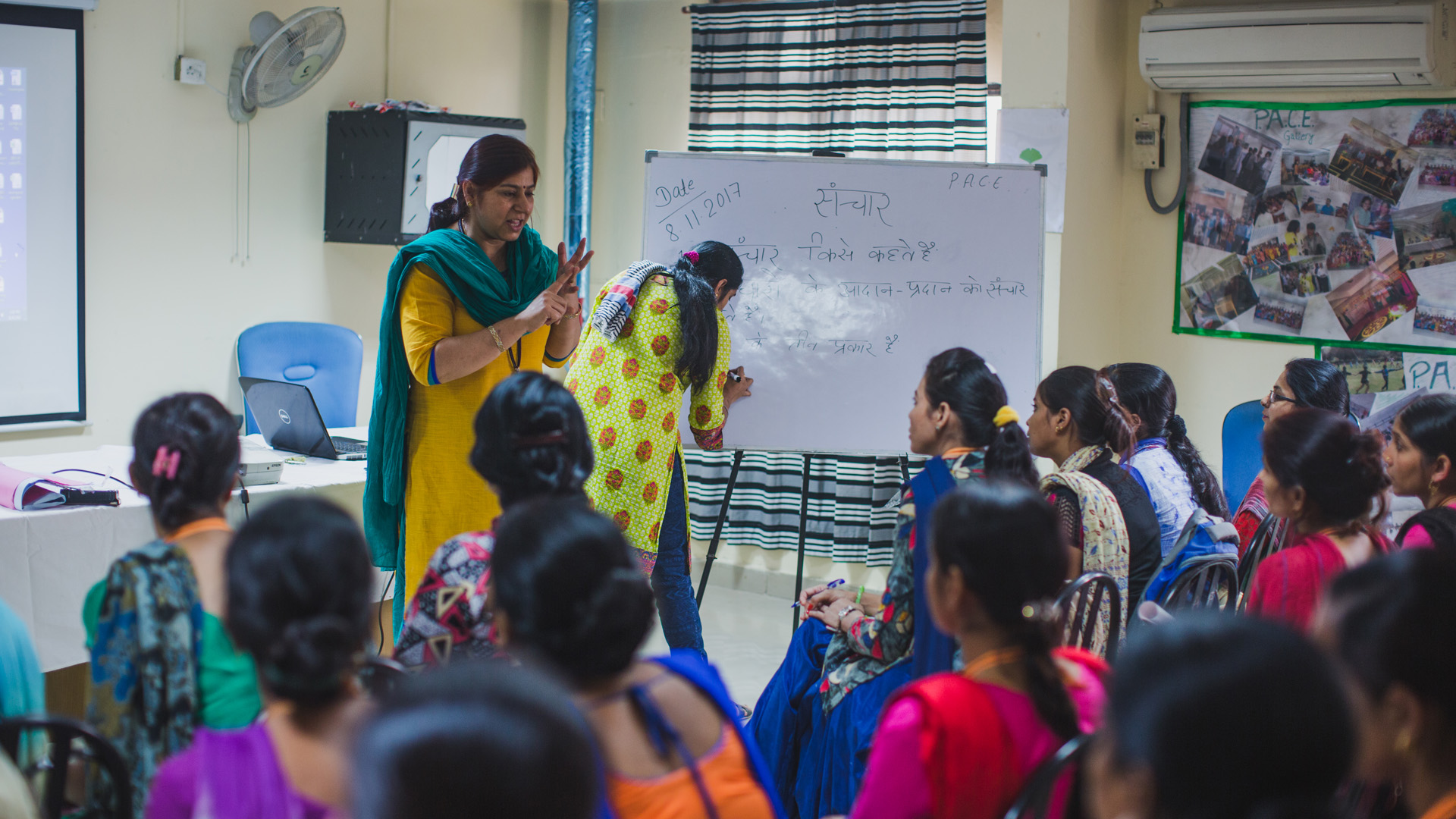Will India’s Policy Ecosystem Rise to Meet the Textile Sector’s Potential?
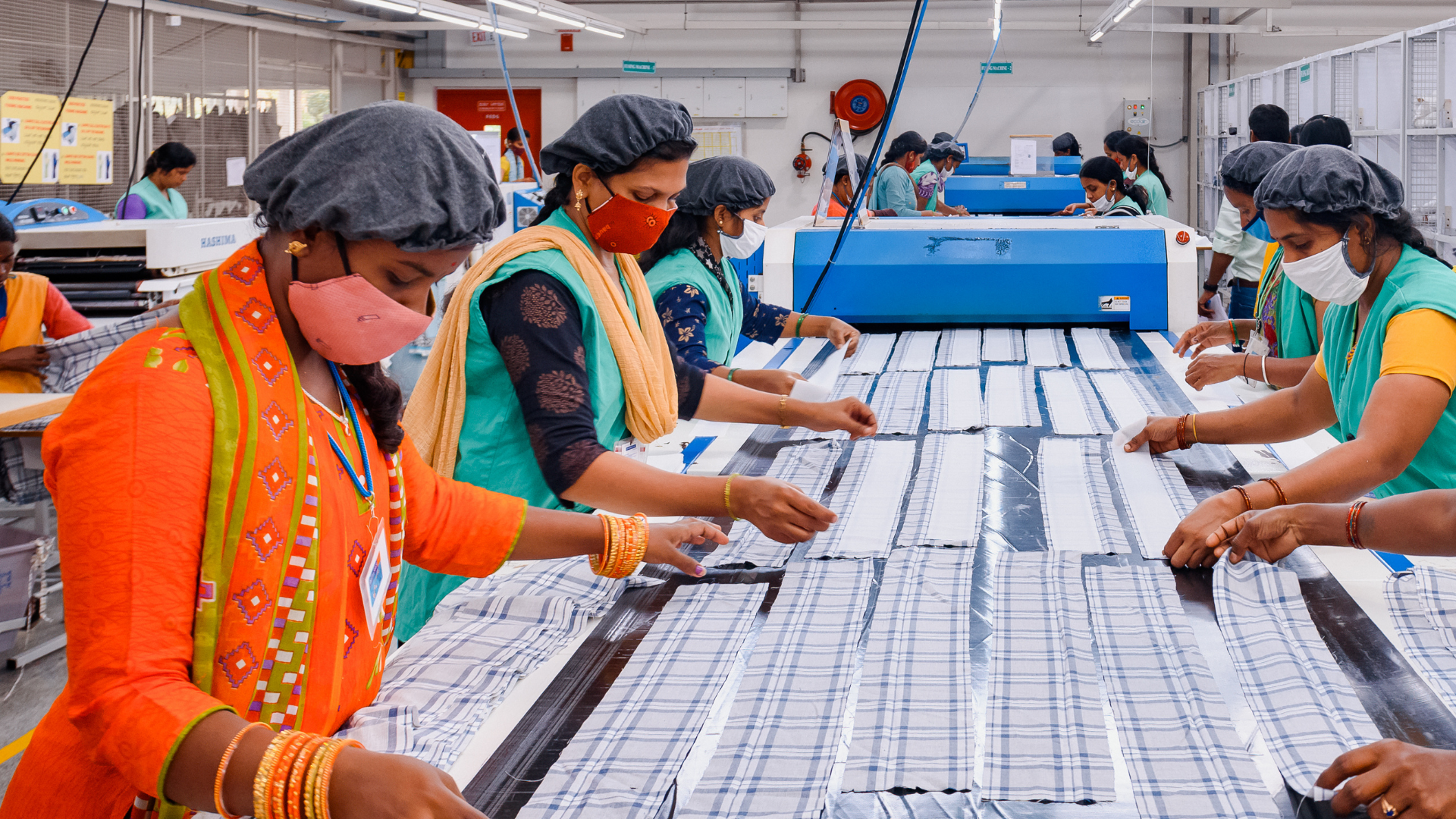
India’s textile and apparel sector has long been a cornerstone of its economic activity. It has employed millions, fuelling exports, and seamlessly blending traditional craftsmanship with modern industrial prowess. In FY 2024–25, the sector recorded impressive exports worth $36.61 billion, marking over 6% growth from the previous year. Apparel exports spearheaded this momentum with a robust 10% increase. It underscores a strong global demand and India’s escalating prominence in the international supply chain.
As one of the nation’s largest apparel manufacturers, Shahi Exports stands at the nexus of this dynamic growth and the intricate policy ecosystem that underpins it. Sustained private investment and relentless innovation continue to fortify India’s textile value chain. However, the trajectory toward achieving long-term global leadership hinges critically on the agility and effectiveness with which policy support evolves.
Infrastructure and Integration
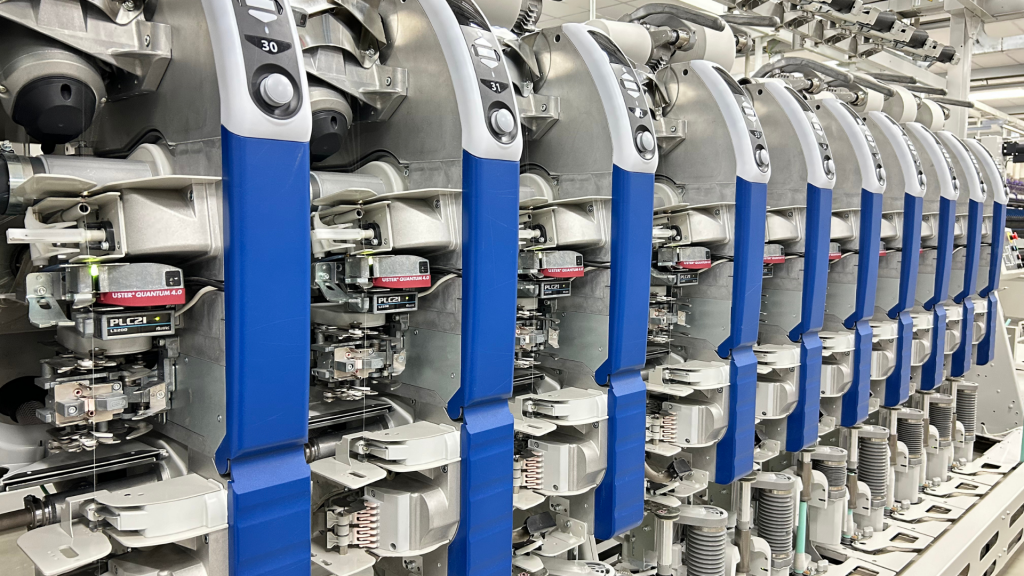
World-class infrastructure is an undeniable differentiator in textile competitiveness. Streamlined shipping, reduced logistics overheads, and strategically integrated production hubs directly amplify buyer confidence and accelerate lead times. The ambitious PM Gati Shakti National Master Plan represents a pivotal stride. The scheme aims to slash logistics costs from 13–14% of GDP to a more competitive 8%. Initial impacts are already tangible. Notable savings from direct port delivery and significantly faster cargo movement, have enhanced exporter competitiveness. Complementing this, the PM MITRA Park Scheme proposes the establishment of seven cutting-edge, integrated textile parks. These parks are envisioned to consolidate the entire value chain— from fiber to fashion, within singular, efficient zones. This has generated substantial employment and dramatically improved operational efficiencies.
Trade Facilitation and Regulatory Reform
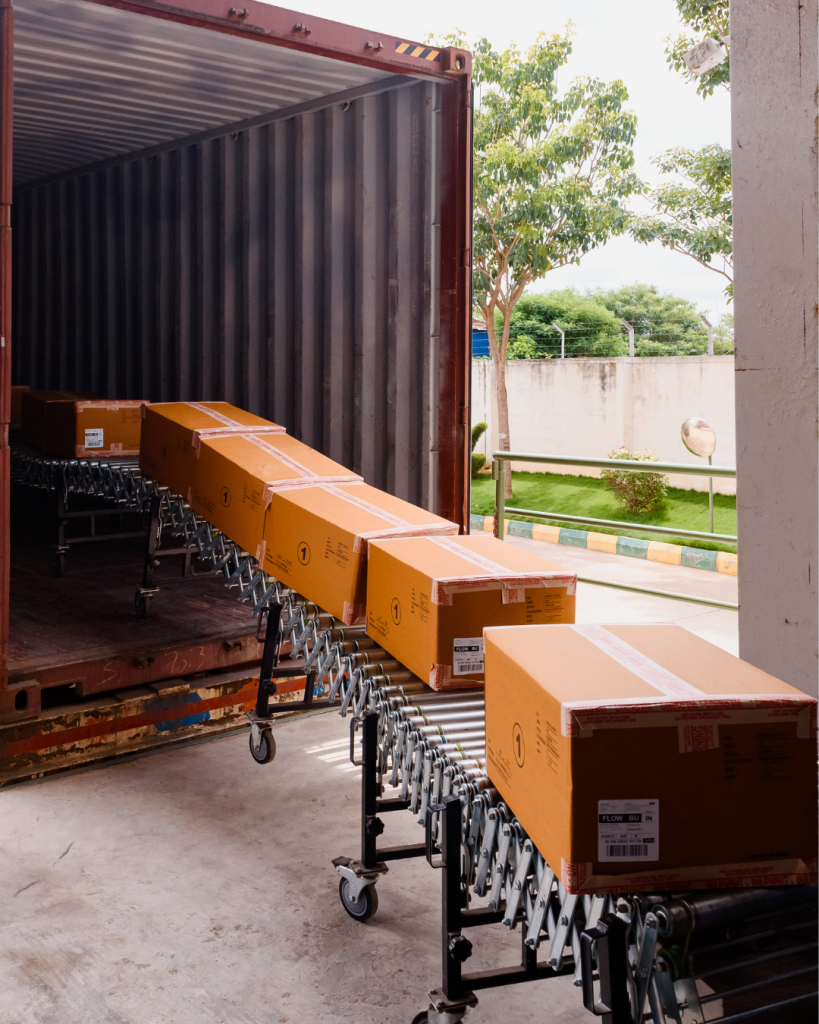
India’s consistent ascent in the World Bank’s Logistics Performance Index—climbing from 44th in 2018 to 38th in 2023—is a clear testament to improved customs processes, sophisticated multimodal logistics, and enhanced cargo visibility. Yet, a persistent challenge remains: uniform implementation across states. For manufacturers operating facilities across diverse geographies, the labyrinth of inconsistent state-level regulations and protracted approval timelines imposes significant compliance burdens, introducing unpredictable costs that frequently undermine the benefits of national-level reforms. A truly streamlined, pan-India regulatory framework is indispensable for fostering seamless expansion and achieving scale.
Modernization and Product Diversification
India’s textile exports will defined, not just by volume, but also by the sophistication and diversity of its product offerings. Global buyers are increasingly prioritizing agility, high-performance fabrics, and diversified sourcing strategies. Leading the charge, companies like Shahi are proactively expanding into dynamic segments such as activewear and technical textiles. To forge a genuine leadership in these burgeoning categories, India’s policy frameworks must champion R&D, strategic market development, and ground-breaking innovation. This necessitates easier access to capital to boost prototyping, support for nascent textile technology, and better Intellectual Property (IP) protection. Manufacturers risk being confined to traditional product categories, and ceding ground to more agile global competitors without these critical enablers.
Skilling and Workforce Readiness
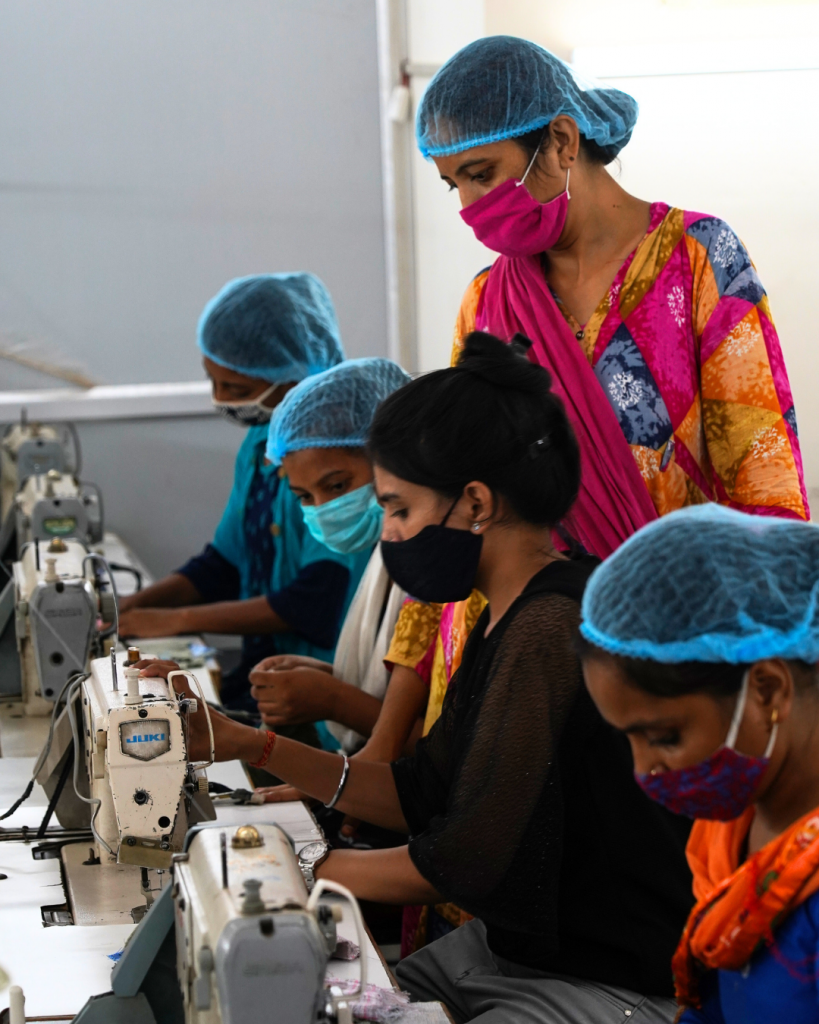
The inexorable shift towards automated, tech-driven manufacturing necessitates a fundamentally transformed workforce. India’s demographic dividend can be fully harnessed into an industrial advantage with correspondingly evolved skilling ecosystems. At Shahi, we have proactively invested in state-of-the-art on-site training centers, comprehensive digital literacy programs, and initiatives to empower women’s advancement. However, replicating such impactful efforts nationwide to meet the industry’s rapidly evolving demands mandates far stronger public-private partnerships.
Skill development policies must transcend mere technical proficiencies. They must focus equally on cultivating adaptive capacities and equipping workers with the mindset for lifelong learning. The paramount attention must be on women and rural youth, who collectively represent the backbone and potential of the Indian workforce.
Sustainability as a Competitive Advantage
Sustainability has transcended its status as a mere differentiator; it is now an immutable, fundamental requirement for global market access. International brands are relentlessly elevating standards for environmental and social compliance, demanding heightened traceability and transparency across the supply chain. Pioneers like Shahi have proactively adopted measures such as advanced wastewater recycling, significant renewable energy integration, and robust worker well-being systems. The journey, however, remains financially formidable for many in the sector, particularly MSMEs. This is precisely where policy can exert a profound catalytic influence. Some ways to facilitate this are:
- Access to green finance,
- Actively incentivizing the adoption of clean technologies, and
- Fast-tracking crucial sustainability certifications.
A strategic alignment can propel India beyond mere compliance-driven change towards innovation-led leadership and lead securing its future market access.
India’s textile and apparel sector possesses the foundational strength and ambitious vision to lead on a global scale. Transformative potential will only be fully realized if policy frameworks respond with the urgency and foresight at this pivotal moment. Upgrades to infrastructure, radical regulatory streamlining, strategic skilling investments, and targeted sustainability incentives must be delivered as a meticulously coordinated national strategy. The private sector stands ready and eager. It is now incumbent upon the policy ecosystem to decisively unlock the full potential of one of India’s most strategic and impactful industries.




